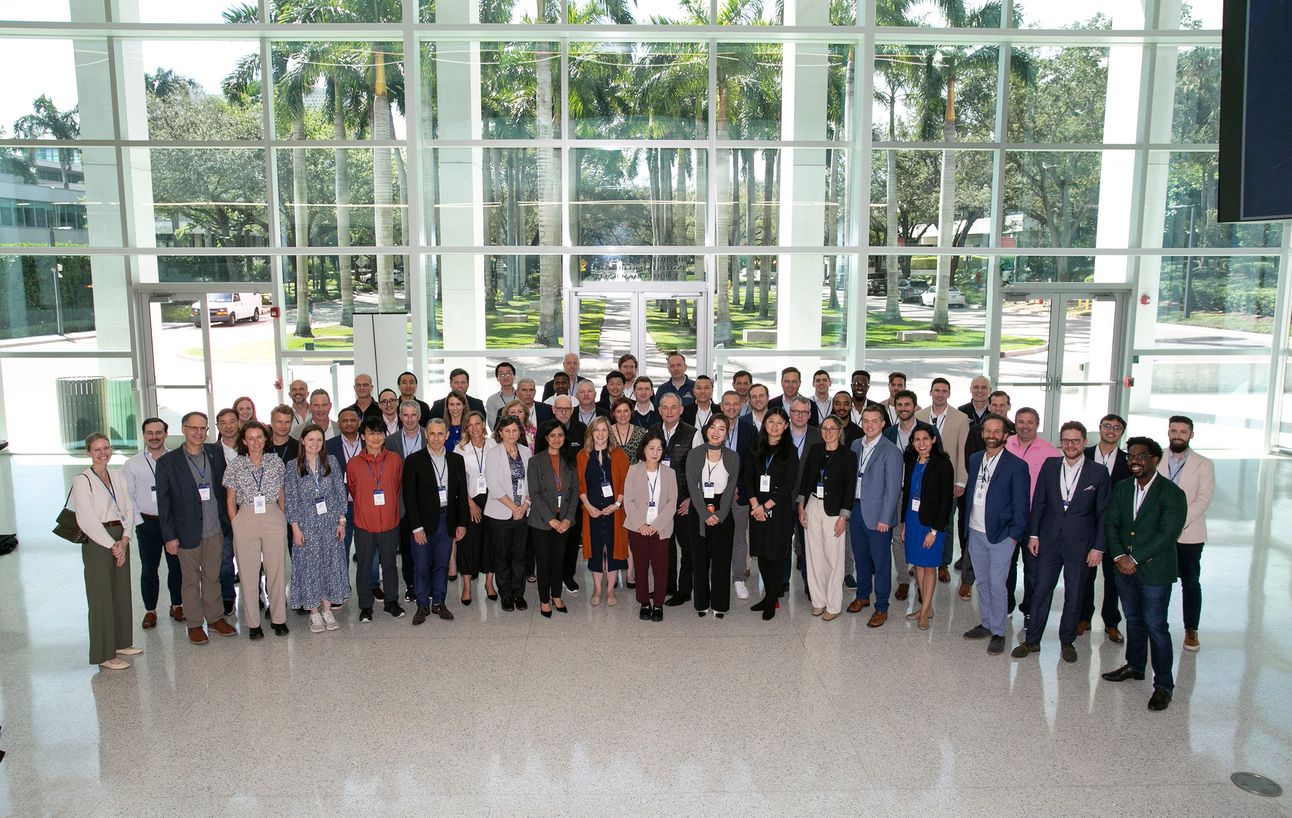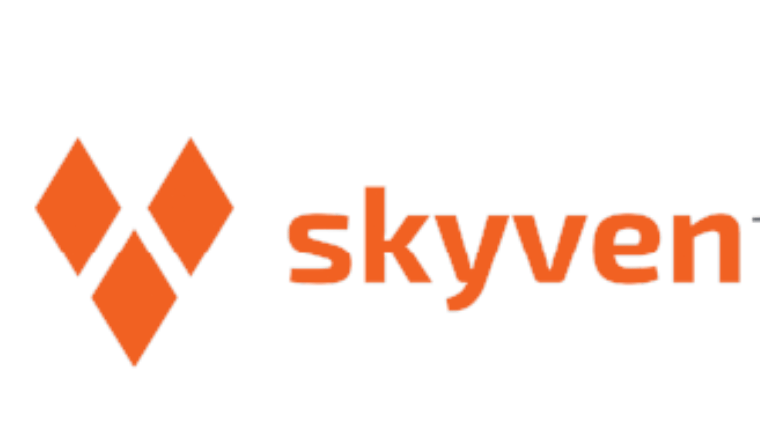Hello VoLo Earth Community,
Happy February! This month’s newsletter will focus on the latest addition to Fund II; Cambium Carbon, a supply chain platform and operating system for Wood. VoLo Earth led Cambium’s oversubscribed Series A in January.
On Monday, TechCrunch released an exclusive on how Cambium is building an AI that helps turn waste wood into usable lumber. There will be more PR and an exclusive video interview from a major broadcaster coming soon.
Today, we’ll give a brief background on the why (market and timing) and the how (Cambium’s approach). We will also touch on the what; evaluating what Cambium tell us about the future of structural Building materials, and how AI is accelerating the “why now” for real economy transformation.
Why Wood? Why now?
Cambium is developing the supply chain operating system for the $750B green building and timber market. The Company’s platform for "Carbon Smart Wood™" transforms the way materials are sourced, processed, and delivered, leveraging proprietary technology to optimize each step of the supply chain, from log recovery (or harvest) to end-product sale. This platform enables Cambium to simultaneously meet growing demand for alternative structural building materials and resolve key operational pain points in the wood industry.
Wood is a highly fragmented industry comprising tens of thousands of small businesses operating without digital infrastructure. In the U.S. alone:
45K logging companies
7K wholesalers
15K manufacturers
Countless logistics providers
As Cambium CEO Ben Christensen noted in TechCrunch, it can take 8-10 different businesses to move wood materials from source to end customer.
Sgnificant waste occurs at each of these 8-10 steps. Logs that could become lumber are often chipped or burned due to poor coordination.
On the flip side of this wasted supply… is growing demand. The mass timber market alone is forecast to double in the next 5-10 years - as recent advancement in engineered woods (such as CLT) allow mass timber to serve a suitable alternative to steel and concrete as a structural material.
Mass timber can bring both cost efficiencies and performance advantages over steel/concrete. Cost efficiencies derive from faster building times and reduced material needs. Structural advantages enabled include high strength-to-weight ratios, thermal and acoustic performance, fire resistance (contrary to common perception), and seismic performance. For some Real Estate segments, mass timber’s design flexibility and aesthetic advantages are also purchasing drivers.
And of course, there is good old fashioned wood - anyone reading this can look around the room and understand how hundreds of $B worth of wood moves around the US each year.
The tens of thousands of small businesses that make up this industry have largely been left behind in the efficiency gains of widespread digitization.
How is Cambium tackling the opportunity? What is Cambium’s approach and what does it tell us?
Cambium's software streamlines these inefficiencies, connecting tree care companies, landfills, trucking services, sawmills, drying shops, and wood product producers - many of which operate without digital infrastructure. Value is delivered at each step, whether helping tree service providers and land clearers efficiently move logs, enabling mills to secure a steady supply and sell products more effectively, or providing trucking companies with stable contracts, optimized logistics, and financial incentives.
By aggregating supply, Cambium has enabled the first-ever scaled marketplace for wood, achieving the critical mass of reliable, traceable supply required to service demand from large scale customers. These end customers include Amazon, Equinox, Patagonia, National Geographic, Room & Board, Steelcase, and Gensler, among others.
The end-to-end approach allows Cambium to disrupt the structural materials industry by enabling Mass Timber to achieve the cost parity and scale needed for mainstream adoption. Major customers like Amazon, Google, and Microsoft exemplify this shift by incorporating mass timber into data centers, fulfillment centers, and other mid-rise buildings.
Our reasons for excitement about Cambium abound. In addition to the above is an extraordinary team, tremendously exciting (albeit confidential) partnerships, and a brilliantly stacked product suite. However, for the rest of this piece, we’ll zoom out to focus on the insights which translate more broadly to the vertical SaaS x ‘real economy’ opportunity that we see in the market.
Underserved and Overlooked Market: Historically, scaling software in niche verticals has been constrained by misaligned unit economics - high customer acquisition costs and low transaction-fee revenue potential. Convincing SMBs to adopt new tools has been an uphill battle, leaving many sectors untouched despite early successes (Procore, Veeva, Toast). However, as AI-driven automation slashes marginal costs, previously unviable markets are becoming attractive opportunities.
Industry-leading Data: Cambium is building the most comprehensive transaction dataset and predictive models in the industry, enabling precision-tailored solutions for a historically overlooked sector. Winning in fragmented, non-digital industries requires deep workflow customization and domain expertise - barriers that once made these markets unappealing for venture-backed software but now represent a defensible competitive advantage.
End-to-end Platform: Cambium delivers value to each node in the value chain, from raw material to end-consumers. Creating a product suite that is able to do this together, efficiently, is unique. Being able to monetize end consumers into a coordinated marketplace… is next level.
Supply - effective selling to SMBs: CEO Ben Christensen captures the challenge, and Cambium’s approach, well in the TechCrunch article: “If you call my uncle and try to sell him wood software, good luck. That’s a short conversation. But if you call him and say, ‘Hey, I want to buy 40,000 board-feet of four-quarter white oak from you, and I want to buy it from you every 60 days.’ He’s like, ‘Heck yeah, let me get out my pen and paper. Let’s have a conversation.’”
Demand - Aggregating supply to power a marketplace: By effectively aggregating and better coordinating supply, Cambium is able to service large-scale end customers on the Demand side. This has allowed Cambium to secure (and already expand) flagship customers in each major end market.
Debottlenecking a Domestic Supply Chain: Cambium uses abundant, low-cost waste inputs to revamp a massive supply chain. As tariffs on steel (see below) and tensions around minerals in general heighten appetite for alternative structural materials, Cambium’s timing is opportune. Business Wire summarizes the win-win Cambium is creating, “This commitment to reshoring manufacturing not only reduces the carbon footprint of shipping but also revitalizes American communities by creating high-quality jobs.”
Network Effects: Of course, investors prize marketplaces for their network effects. Some vertical SaaS tools flaunt this advantage as well. As a tech enabled logistics platform seamlessly tying a marketplace and vertical SaaS together - Cambium is at the center of the ‘network effect’ opportunity. The effects are already coming into play, whether its loggers bringing its customers on the platform, or fulfillment centers requiring collaboration with manufacturers etc. A related ‘prize’ for investors is being the first mover in a network effect dynamic. Cambium is a first mover and has built the pipes’ for the entire supply chain. This foundation matches its position as the premier technology platform for the industry, and allows for compounding scale in multiple directions.
What’s ahead?
Cambium is driving a long-overdue transformation of the wood industry while emerging as a leading enabler and provider of mass timber - an increasingly important structural material. In the process, the Company exemplifies why the time is now for the real economy, and the long tail of the energy transition.
We are SO excited and honored to be joining the Cambium journey.
Learn more and reach out if you’re interested in working with the Cambium team.
VOLO EARTH COMMUNITY
Last week, Rachael participated in a CVC Open Innovation Summit hosted by Bosch, Borgwarner, Mann+Hummel, Watsco and U-Path. Our incumbent peers and partners play an enormously critical role in the energy transition and we value the opportunity to problem solve together in person - thanks to our hosts!



PORTFOLIO

Non-Iridum Hydrogen Catalysts
In what is being described as a “landmark achievement,” CaliCat, a “leader in advanced materials for electrolysis” achieved an unprecedented milestone with its latest catalyst, Amplifier Gen 3 (2 Volts at a current density over 2 A/Cm2).
This breakthrough means that CaliCat’s material enables hydrogen to be produced more efficiently without relying on iridium, a rare and expensive metal that has caused supply chain and cost issues. Unlike previous alternatives, which lost effectiveness over time, Amplifier maintains high performance and durability, operating for over 15,000 hours with minimal degradation.
This advancement is a massive unlock towards achieving cost-efficiency and scalability of green hydrogen. The article discusses Tokyo Gas’ continued partnership with CaliCat - just one of many companies across various industries worldwide driving the growing demand for green hydrogen.

Metals Without Mining
Magrathea announces a partnership with a multinational Auto OEM in plans to expand the use of magnesium 8x in new vehicle products.
This collaboration underscores Magrathea's leadership in establishing a secure, domestic supply of magnesium, a critical mineral for which 90% of global production is currently sourced from China.
The impact and applications are expansive; "Beyond automative, Magrathea has secured LOIs and MOUs from leading North American, South American, and European magnesium buyers representing over 25% of the world’s ex-China demand for the metal."

Industrial Heat Decarbonization
PepsiCo is announced as Skyven’s most recent customer! Skyven’s Arcturus steam-generating heat pump will be installed at PepsiCo Frito-Lay plant in Rosenburg, Texas. This news follows last month’s update of Skyven’s $70M agreement with Kyotherm.
We’re glad to be able to share (one) of the exciting customers behind this agreement!

Commercializing Solid-State Batteries
ION achieves a 25X capacity increase and 1,000 cycles in solid-state battery performance. Importantly, these cell cycles occurred without compression or volume change. This is a major performance milestone for the entire industry, and further solidifies ION’s role as a leading pioneer towards scaled SSB commercialization.
This leadership is differentiated across the global landscape. For example, Chinese car and battery manufacturer BYD is presumed to have produced its first solid state cells - not modeled to reach production until 2027.
Finally, Salient was highlighted by the Canadian Government’s Department of Innovation, Science and Economic Development as a leader in the energy storage market. The below ranks companies by patent ownership - that’s pretty impressive company!
READING
@VoLoEarth: Global investments in the Energy Transition surpassed over $2T in 2024. For context, when VoLo Earth was founded in 2020, this number was only $929B. And when Joe and Kareem began their careers in the energy transition… under $30B.
Aligned with VoLo Earth’s approach and previous communications, Bloomberg highlights a distinction between established vs. emerging technologies, “Technologies that are proven, commercially scalable and have established business models, like renewables, energy storage, electric vehicles, and power grids, accounted for the vast majority of investment in 2024. These sectors drew $1.93 trillion, growing 14.7%, despite hindrance from policy decisions, higher interest rates and expected slower consumer purchasing.
@VoLoEarth: Climate-related financial losses are reaching staggering levels—most recently exemplified by the $1.5 trillion hit to U.S. home values.
One of the many direct implications is the growing emphasis on reliable, resilient, behind-the-meter power.
We can see this start to play out in the data center conversation. Data centers are no longer simply weighing gas turbines against cleaner alternatives; instead, they're factoring in the need for massive distillate oil reserves to ensure reliability. This shifts the comparison for geothermal—not against standalone gas turbines, but against gas turbines with costly, large-scale fuel storage, making geothermal’s value proposition even more compelling.
@VoLoEarth: As we continue to diligence H2 investments, we maintain the perspective that a more reliable market segment exists in co-location of hydrogen production and use. .By making catalysts for PEM electrolyzers, Calicat (mentioned above) is an example of a technology which would fit on site in a co-location use case.
More broadly, we have not and do not see a role for full Hydrogen supply chain disruption. We see high quality incumbents and do not believe successful companies need to depend on incumbent disruption. This was an additional part of Calicat’s appeal - a focused investment able to work with incumbents and new companies alike.
@VoLoEarth: The proposed steel and aluminum tariffs align with broader efforts to secure domestic metal supply and reduce geopolitical risk in critical materials. As highlighted in our October newsletter on Reimagining the Global Metal Supply, the shift toward onshoring and alternative sourcing - such as Magrathea Metals’ magnesium extraction from brine, highlighted above, reinforces the need to rethink traditional supply chains. These tariffs could further accelerate investments into domestic production and recycling innovations, reinforcing metals as strategic assets in national security and energy resilience.
California lawmakers are pushing to lower electricity rates, but the rising costs of wildfire prevention, grid upgrades, and decarbonization make that a tough challenge. Proposed bills aim to cap rate hikes or mandate reductions, but utilities argue they’re simply following state mandates, and legal barriers may limit legislative action. Meanwhile, debates over solar subsidies and the use of cap-and-trade revenues highlight the broader question: who should bear these mounting costs? What is clear is that the traditional utility model is breaking, and this strain will continue to accelerate energy innovation in sectors including distributed energy resources, virtual power plants, and grid technologies that offer alternatives to centralized utility control. This ties nicely to the podcast below.
